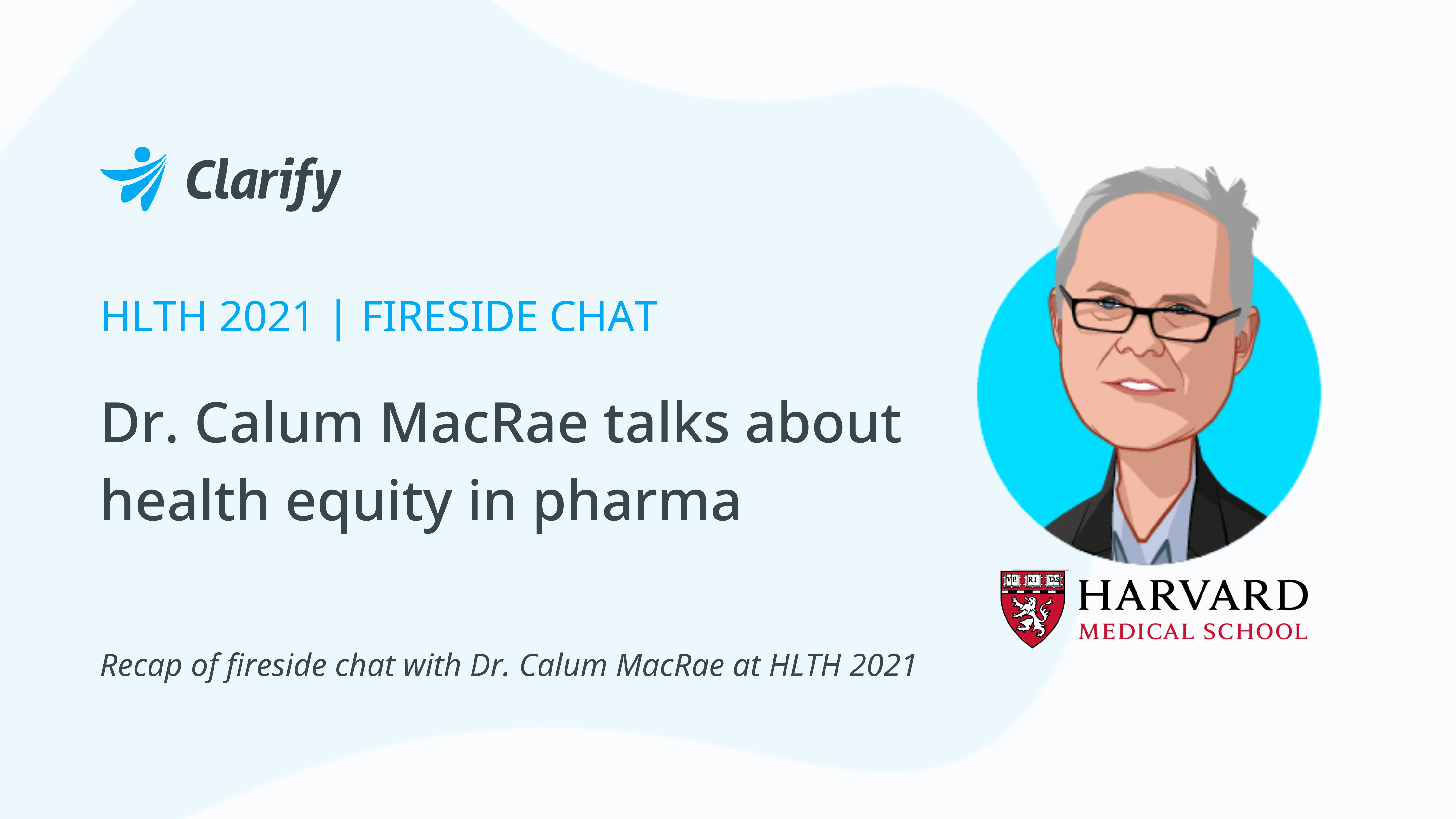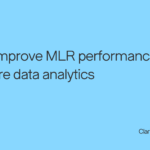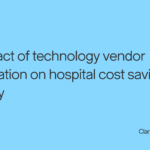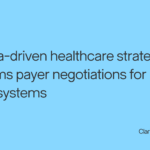Greater clinical trial diversity, better disease education, and innovative assistance programs are a few ways that pharma companies are supporting and including underserved and more vulnerable patient groups. But there is so much more progress to be made. At HLTH 2021, Jean Drouin, MD, Clarify Health’s CEO, sat down with guest speaker, Calum MacRae, MD, PhD, for a fireside chat to discuss health equity in pharma. They discussed barriers to Diversity and Inclusion (D&I) and how we can accelerate the pace of change. This blog recaps their Q&A session. Dr. MacRae is Professor of Medicine at Harvard Medical School, Vice Chair for Translational Innovation at Brigham and Women’s Hospital in Boston, an Associate Member at the Broad Institute of Harvard and MIT, and a practicing physician. He is the founder and Director of One Brave Idea, a research institute focused on uncovering the causes of heart disease, which is funded by the American Heart Association, Verily Life Sciences, and AstraZeneca. He is also the Principal Investigator of the Apple Heart and Movement Study. “I think it’s much broader,” Dr. MacRae responded. “We need to consider socioeconomic diversity and biological diversity. There’s a difference between patients who live in a rural area versus an urban area, societal influences, family structure, whether there’s a caregiver to pick up the drug at the pharmacy, distance to the pharmacy, etc.” There is biological diversity to consider too. “People who are selected for trials often represent an incredibly select subset of the diversity of disease biology that exists for that condition. If at any stage you’re leaving any community, voice, biology, or economic status out, you’re disadvantaging your trial,” Dr. MacRae explained. Patients who are excluded from the trial may not respond to treatment the same way as patients who were included. Dr. MacRae discussed the fact that information about novel therapies doesn’t travel to every patient with that disease. Right now, there is no “rational, logical, or systematic way” to connect patients with clinical trials. “Patients don’t fully understand how you even get into a clinical trial.” He went on to make the point that, “diverse individuals often don’t get included in trials because their standard of care is so different from the general population, which is an indictment of us as a medical profession. If you aren’t inclusive when you’re giving care, you can’t be inclusive when you’re conducting a trial. I think all these things are tightly related.” The concept of diversity and inclusion needs to be considered well before phase four implementation. Instead, Dr. MacRae acknowledged, diversity and inclusion should be considered “right at the start in the discovery process” because this will “inform the entire journey of a drug in parallel with the journey of a patient.” “In the future, we might see the real-world and the trial world merge progressively over time. Instead of waiting until the end of a trial to perform data analysis, quick recognition of patterns in early data will allow for clinical trials to be adjusted early in the process.” “We need real-world data earlier. I think there’s going to be a very quick recognition that data from the real world, is going to be absolutely critical to clinical innovation. Finding ways to get that information earlier, I think is essential to changing the cost of drug development; and delayed information the single largest reason for a drug failing it’s efficacy.” There’s a real impetus to consider real time, real-world data to learn how things are evolving over the course of development, as a drug emerges through early discovery into phase one, phase two, phase three, and then into post-approval (versus looking at a snapshot in time). That realization has come, to some extent, only because data are now surfacing that are explaining why failures have happened. “I think the rate limiting step in all of this has been the fact that the bulk of the data available, up until very recently in the pharmaceutical industry, are data collected in the pharmaceutical industry, not in the real world. I think breaking that barrier is one of the biggest challenges,” said Dr. MacRae. Helping the life sciences companies leverage RWD is what we do at Clarify Health. Our life sciences software is acclaimed by Frost & Sullivan for being the most innovative RWE solution in the life sciences industry. It offers unprecedented access to socio-behavioral insights to improve access to therapy and support for vulnerable patients. Our product, Clarify Trials, is a software that accelerates recruitment within underrepresented communities by delivering 400+ social determinants of health (SDoH) insights across >80% of the US population.
Dr. Jean Drouin: We commonly think about diversity as differences in gender, racial, and ethnic backgrounds. Is that how pharma defines it?
Dr. Jean Drouin: What are the biggest barriers to addressing the FDA’s 2020 guidance for greater diversity in clinical trials?
Dr. Jean Drouin: Are there any investments we can make to accelerate the pace of change and advance health equity in pharma faster?
Dr. Jean Drouin: How are pharma companies leveraging real-world data (RWD) to close the diversity in clinical trials gap?
- Author Details





